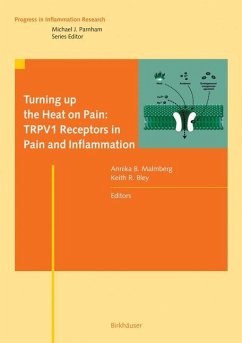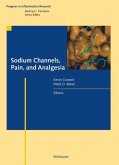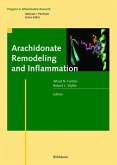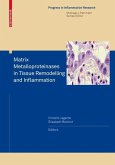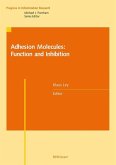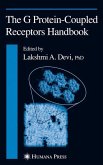Vanilloids mediate their effects by selective agonism of an ion channel, the vanilloid receptor 1 (TRPV1). TRPV1 is a ligand-gated, non-selective, cation channel preferentially expressed in small-diameter, primary afferent neurons, including nociceptive sensory nerves. In addition to be activated by capsaicin and related vanilloids, TRPV1 responds to heat and extracellular acidification, and will integrate simultaneous exposures to these stimuli. The aim of this book is to summarize recent insights in the role of TRPV1 in pain and inflammation, and to discuss how modulation of this receptor may lead to important advances in analgesic drug development. Insights into the prospects for the therapeutic potential of TRPV1 activation or inhibition, particularly in various painful or inflammatory conditions, are provided. The volume is written for basic scientists and clinicians interested in the mechanisms of pain, inflammation and the treatment of these conditions.
Despite tremendous advances in the understanding of the sensory nervous system which have accompanied the recent explosive growth of the neurosciences, rema- ably few innovative medicines directed towards pain and inflammation are ava- able. Indeed, many patients are still prescribed analgesic and anti-inflammatory medications that were identified long ago as components of herbal remedies. Si- larly, potential new medicines in clinical evaluation based on capsaicin and the c- saicin receptor are both grounded firmly on folk traditions and yet rely upon the most contemporary techniques of drug discovery and delivery. The first formal report of the pain-relieving properties of capsaicin appeared in 1850 [1]. However, for centuries before this, capsaicin-containing extracts had been used as folk medicines in cultures with access to pepper plants, much in the same way as poppy or willow-bark extracts were. Despite widespread use, it was not until 1878 that the selective action of capsaicin on the sensory nervous system was r- ognized [2]. In Chapter 1 of this volume, Janos Szolcsányi reviews this early research, which culminated with the seminal studies of Nicholas Jansco and his c- leagues in Hungary in the 1940s. Since then, capsaicin and related vanilloid c- pounds have played a prominent role in analgesia and inflammation investigations because of their ability to selectively activate a subpopulation of sensory neurons and produce sensations of pain and localized erythema.
Hinweis: Dieser Artikel kann nur an eine deutsche Lieferadresse ausgeliefert werden.
Despite tremendous advances in the understanding of the sensory nervous system which have accompanied the recent explosive growth of the neurosciences, rema- ably few innovative medicines directed towards pain and inflammation are ava- able. Indeed, many patients are still prescribed analgesic and anti-inflammatory medications that were identified long ago as components of herbal remedies. Si- larly, potential new medicines in clinical evaluation based on capsaicin and the c- saicin receptor are both grounded firmly on folk traditions and yet rely upon the most contemporary techniques of drug discovery and delivery. The first formal report of the pain-relieving properties of capsaicin appeared in 1850 [1]. However, for centuries before this, capsaicin-containing extracts had been used as folk medicines in cultures with access to pepper plants, much in the same way as poppy or willow-bark extracts were. Despite widespread use, it was not until 1878 that the selective action of capsaicin on the sensory nervous system was r- ognized [2]. In Chapter 1 of this volume, Janos Szolcsányi reviews this early research, which culminated with the seminal studies of Nicholas Jansco and his c- leagues in Hungary in the 1940s. Since then, capsaicin and related vanilloid c- pounds have played a prominent role in analgesia and inflammation investigations because of their ability to selectively activate a subpopulation of sensory neurons and produce sensations of pain and localized erythema.
Hinweis: Dieser Artikel kann nur an eine deutsche Lieferadresse ausgeliefert werden.
